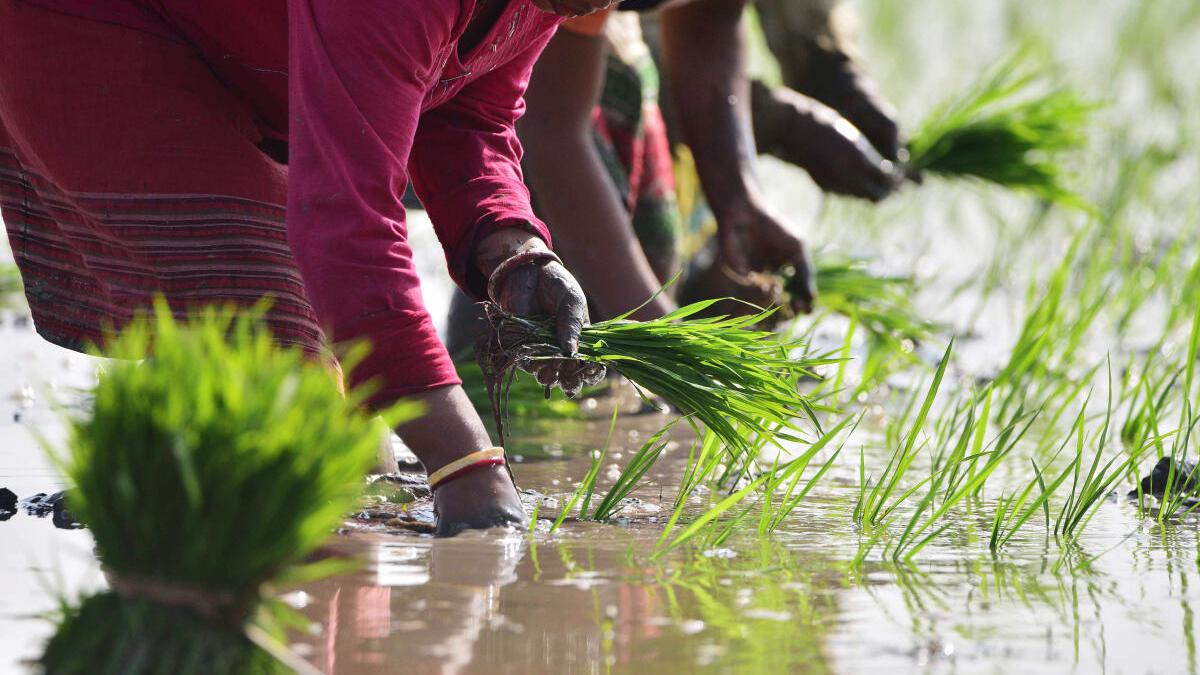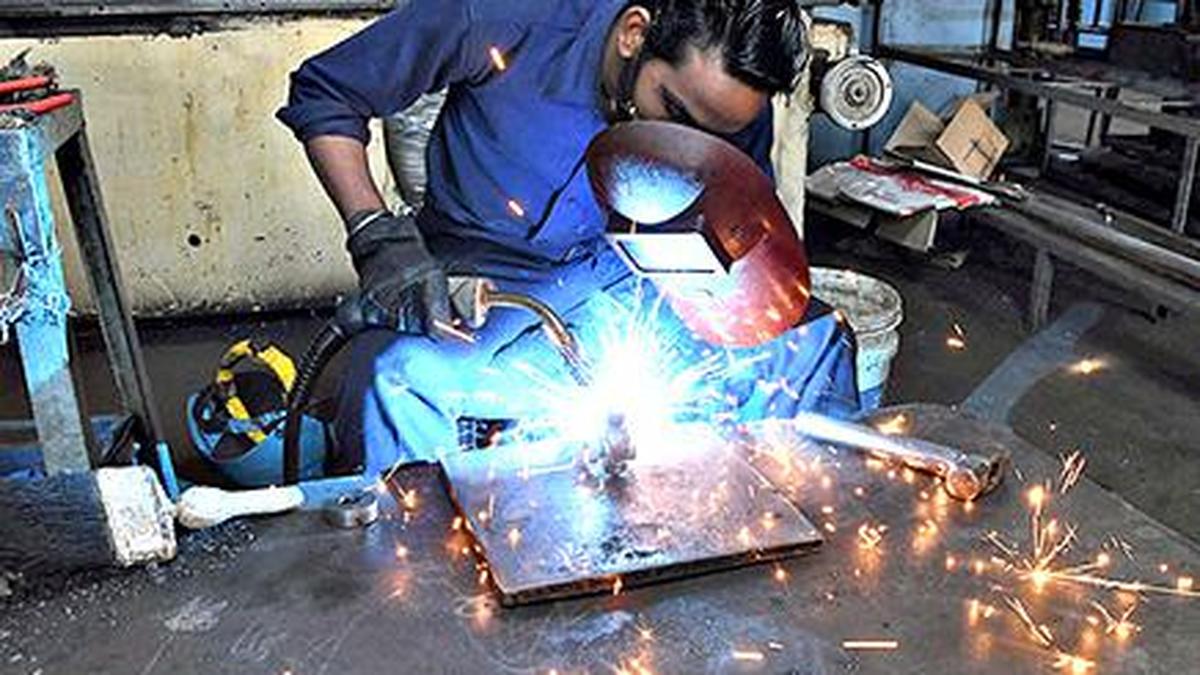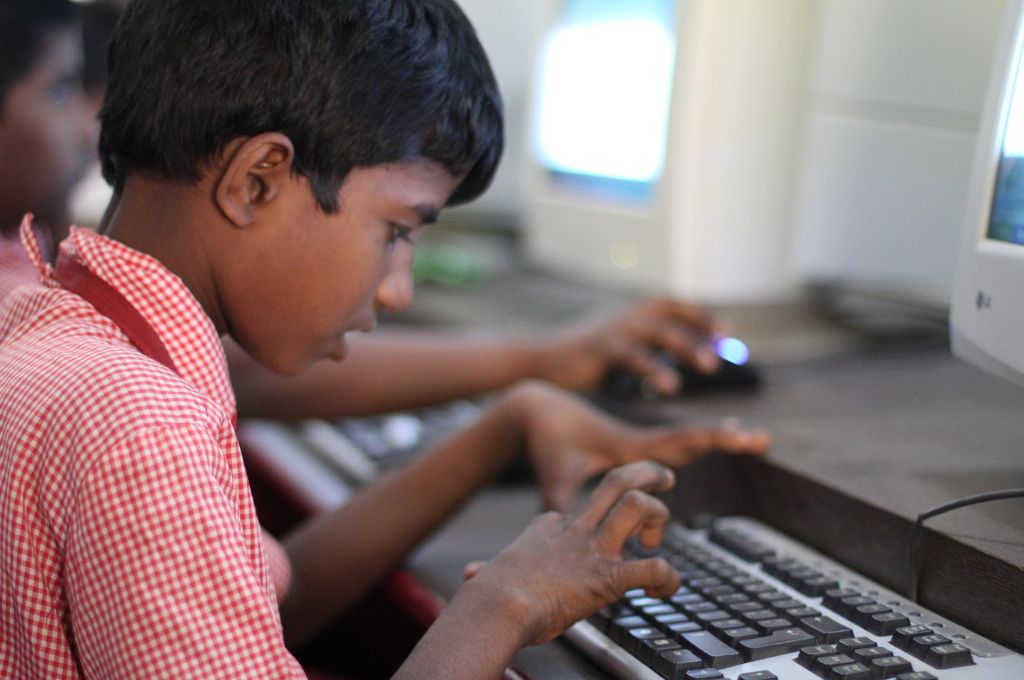
What does this year's (2024) budgets mean for digital access and the divide?
Something as often waited as election results are the budget sessions every year, where key financial and policy decisions for the upcoming year are set, targets in sight, and hope always abound.
This year, as with every budget, every stakeholder state, stateholder class, and stakeholder businesses waited for announcements that would bring them relief.
Inflation on basic commodities is one of these.
The statistics suggest inflation in prices of basic edible commodities like cereals, pulses and vegetables hit a shocking 9+%. The Hindu further reports that "The heatwave and delayed monsoon onset in parts of the country spurred vegetable prices 29.3% higher in June, from a 27.3% rise in May, making it the eighth successive month of double-digit rise in prices. Prices of pulses rose 16.1%, the thirteenth successive month of 10% inflation, while the price rise in fruits accelerated to 7.15%."
This is not coherent with a similar rise in wages.
In 2011, a male regular wage worker would earn an average of around Rs. 3,000 per week and a female regular wage worker would get a little above Rs. 2,000. In 2022, a male regular wage worker had an average income of Rs. 2,791 per week, while female wage workers got an average of Rs. 2,135. Male casual labourers received nearly Rs. 1,000 per week in 2011, while female casual labourers got half of that amount. In 2022, the male casual labourers received an average weekly wage of Rs. 1,216 while the female labourers got around Rs. 704.
The solution? Remove food inflation from statistics. Now, the inflation statistics can be announced in the parliamentary budget speech as 'coming under control.'
The Economic Survey dismissed the issue of inflation in a few short sentences. The FM dismissed it in ten words in para 3 of her speech. We deplore the casual attitude of the government. And nothing in the Budget Speech gives us the confidence that the government will seriously tackle the issue of inflation. (The opposition on inflation mentioned in the budget).
Rural employment schemes have also taken a hit in the budget. As per reports, and unions like NREGA Sangharsh:
-Allocation for FY24-25 is 19,298Cr less than the actual expenditure of FY23-24 - Allocation for FY24-25 is only 0.26% of GDP - Already spent 44% of BE - Balance funds can only generate 15.60 days of work/ HH
This might not bode well for an already sharpening crisis of employment.
Additionally, the allocation for education in the Union budget this year around came down to 2.51% of GDP compared to previous fiscal's 2.57%. If India is set to massively gain on the population highs it is riding, can such cuts in health and educatoin sectors help it?
This is in continuation with the general trend of the past ten years where spending on education has been cut steadily.
Now, for some of the brighter sides. One supposed relief is perhaps for the MSMEs, although the specificities of how this plays out needs to be waited and watched. In a previous TypeRight, we mentioned how the MSMEs of the country took a big hit during the demonetisation, and then the pandemic. Not having fully recovered from this, workforce had moved in search of other jobs.
However, this time the tides may possibly turn. The report also says "Further, e-commerce export hubs to enable MSMEs and traditional artisans to make their make in international markets." Increased loans for MSMEs under Mudra is what is hoped to boost employment opportunities across rural and semi-urban areas.
A self-financing guarantee fund that provides up to Rs. 100 crore for each borrower is part of the credit guarantee program that the Indian government intends to create for machinery loans that do not require collateral or third-party guarantees. Rather than relying on assets and turnover criteria, the new MSME credit assessment methodology will be focused on the digital footprint of MSMEs. A higher Mudra loan ceiling, 24 new SIDBI branches in MSME clusters, e-commerce export hubs, credit support for MSMEs during hard times, and a lower turnover level for required onboarding on the TReDS platform are also included in the budget.
Perhaps this could signal a deeper integration with Digital Public Infrastructures. ONDC is a key component of India's DPI.
Another is the agri-stack DPI. As per the Budget 2024–25, the Indian government is getting ready to launch Agri Stack, the digital public infrastructure (DPI) for agriculture, over the course of the following three years. More than 6 crore farmers will be included in the official land registry system as a result of the project, increasing farmer income and enhancing agriculture in India.
Agri Stack will boost innovation, facilitate data access for stakeholders, and enhance decision-making. The DPI in agriculture will lower expenses for agritech firms that need a steady stream of funding and greatly accelerate the adoption and growth of digital agriculture. Fintech companies will be encouraged to support farmers by offering loans and insurance that are supported by stronger data as a result of the formalization and increased accessibility of farmer data. Fintech has more prospects in agriculture thanks to the digital transformation and the simplified Kisan Credit Card issuance process.
Throwback from last year:
This is from our friends at AccessNow:

Given a new data protection bill and the rises in several scams and data leaks, how will the budget allocation fight this? Instead of budgeting for the data protection, there seems to be increased allocation for grand surveillance schemes, like the NATGRID, facial recognition system to be deployed nationwide, and a crime and criminal tracking system. The amounts of data to be collected under these infrastructures outweighs the potential systems in place to ensure citizen data is safe and protected.
The digital literacy PMDISHA programme appears to have been defunded. The interim budget also did not have resources for it and the official website at http://pmgdisha.in also said that funds had not been released from the Ministry.
The gains seem marginally inching towards financial inclusion and digital inclusion - but with such slashes in rural employment funds, increasing food prices, and reduction in education expenditure, the impacts remain to be seen, and critics' scepticism seems to be increasingly justified.
In other updates from DEF:

This year's edition of CNXPAC is announced - Register Now!

Apply for Just AI - AI for social good

Register for this year's Digital Citizen Summit here
This year’s summit focuses on the critical theme of “Algorithms, AI & Accountability. The Digital Citizen Summit 2024 will be held on November 15th and 16th, 2024.
See you Soon.




.jpg?w=1200&ar=40%3A21&auto=format%2Ccompress&ogImage=true&mode=crop&enlarge=true&overlay=false&overlay_position=bottom&overlay_width=100)
)
















 might be?](https://sk0.blr1.cdn.digitaloceanspaces.com/sites/1394/posts/714526/dbc8de4c-5c50-411f-aba0-55cfb74a692d.jpeg)











Write a comment ...